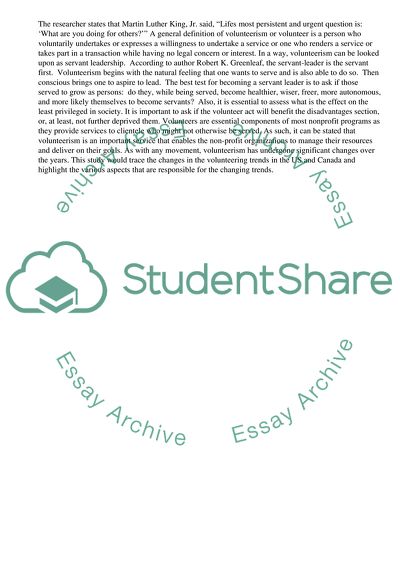Cite this document
(“How Nonprofit Volunteerism Has Changed Over the Years Research Paper”, n.d.)
How Nonprofit Volunteerism Has Changed Over the Years Research Paper. Retrieved from https://studentshare.org/business/1583962-volunteers-a-very-important-and-valubale-resource-for-nonprofit-organizations
How Nonprofit Volunteerism Has Changed Over the Years Research Paper. Retrieved from https://studentshare.org/business/1583962-volunteers-a-very-important-and-valubale-resource-for-nonprofit-organizations
(How Nonprofit Volunteerism Has Changed Over the Years Research Paper)
How Nonprofit Volunteerism Has Changed Over the Years Research Paper. https://studentshare.org/business/1583962-volunteers-a-very-important-and-valubale-resource-for-nonprofit-organizations.
How Nonprofit Volunteerism Has Changed Over the Years Research Paper. https://studentshare.org/business/1583962-volunteers-a-very-important-and-valubale-resource-for-nonprofit-organizations.
“How Nonprofit Volunteerism Has Changed Over the Years Research Paper”, n.d. https://studentshare.org/business/1583962-volunteers-a-very-important-and-valubale-resource-for-nonprofit-organizations.


